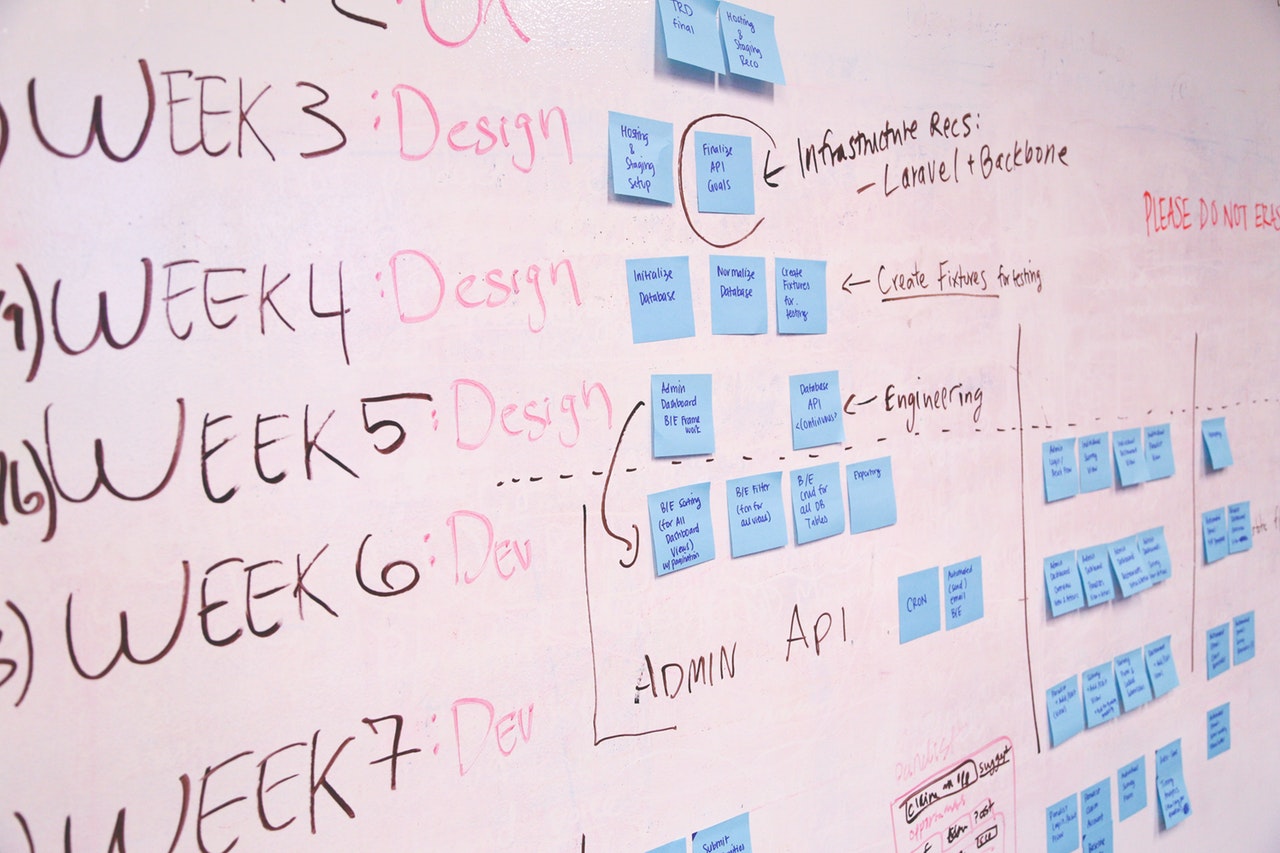
04 Jul Too Much to do? Not Enough Time? Managing Task Saturation
Too much to do, and not enough time?
One reason that few plans survive execution day to day is that people are human and don’t always stick to the plan. People lose focus, get overwhelmed, think (assume) that the situation has changed when it hasn’t really or, for whatever reason, they just make mistakes. Most often, that’s due to task saturation—too much going on, too much interference and interruption for one mortal to manage. Alternatively,accidents happen and mistakes are made when there’s not really much going on, not enough to keep the mind active and focused. Either way, you need to protect against that loss of focus, and keep people to the plan. We’ve worked for example with a terrific sales team who supported each other to the hilt. Being millennials,they used live messaging for everything, sharing new leads and information, giving each other encouragement and congratulations—a stream of positive reinforcement and useful data. Yet when they sit back and looked at what was happening, they realised the cost of that interaction may have outweighed the positives. Yes, the new information was coming ‘live’, but was it distracting them from their immediate task? Yes, they were responding to each other and changing their course in real time,but was that thoughtful or reactive?
Every distraction away from the task at hand causes fatigue. We’re better off focusing even just for one hour a day, than we are working all day with distractions.
How people lose focus
We all know what it feels like to be overwhelmed, to lose focus on doing the important things, even to lose track of what the important things are. Our minds just can’t take it all in. Surprisingly, though, it’s more common for us to experience lack of focus when our minds are, quite literally, bored from inactivity. No matter how good a book or a film or a storyteller is, you might find your mind drifting off to other thoughts. That’s because your mind can absorb information far more quickly than the speed of normal reading or speech. So the trick is to feed the mind just enough information for it to be fully engaged, yet not overwhelmed. That way, you can avoid both the “sophomore” and the saturation risks.
The sophomore risk
Sometimes, people who ought to know better just aren’t paying enough attention to what’s going on. Overconfidence leads to cut corners, false assumptions or just bad judgements. Research into air force accidents reveals a curious statistic. Errors are more likely to be made by pilots with four to seven years’ experience—not the new or ageing pilots you might expect. Here’s why. Pilots are building up their skills and experience all the time. Unfortunately though, their confidence and lack of focus rises even more. When they begin, they’re fully engaged in the new experience, and can make quite good decisions while facing very new situations: what many call ‘rookie smarts’. But from four years in,they’re in a danger zone—until they come to their senses and again realize you have to pay attention if you’re flying a 20-tonne machine with 22-tonne of thrust at 1200 miles per hour. Maybe they’re a couple of close calls, maybe they learn from an error of a classmate—hopefully it wasn’t fatal.
That’s not so uncommon. We go through the same cycle at university. As a first year student, you’re a little clueless and therefore cautious. Having survived that, you look down from the heights of second year at the new blood coming in. You’re confident, cocky even. You’re a “sophomore” —literally a ‘wisefool’ in ancient Greek. Same thing at work—come in and we’re eyes wide open, looking for opportunities, for traps, and for assurance. As soon as we’re comfortable, we start to take things a little too much for granted. We get called into line a couple of times, because for the first time our performance doesn’t match our potential. But nothing’s fatal, we can keep going. And if we do, the wisdom of experience kicks in and we can begin to lead.
The saturation risk
The standout, biggest risk to flawless execution—to any execution—is what pilots call the silent killer:task saturation. It is totally avoidable. As it is insidious by nature you have to watch out for it, to be able to recognize it, and to respond.
Task saturation is the perception that you have too much to do, in not enough time, with not enough tools or resources. Whether that feeling is real or imagined doesn’t matter. Once it takes hold, you will not act the way you and your team need you to. You will let someone down, or worse.
In business, too many people wear overwhelming ‘busyness’ as a perverse badge of honour. The all-nighter before the killer presentation. Being three places at one time—two virtual one physical—with those in the room with you getting the least attention. The cross-continent flights to chase one more meeting, to make up for the problem that was someone else’s fault. That’s one hell of an important person right there. It feels good to be so valuable. No matter that as task saturation increases,performance decreases, that errors track saturation like ants track honey. Task saturation in business is a sugar hit; it’s nothing to be proud of.
Pilots learn that lesson the hardest way of all, seeing a comrade and mate lose their life for no good reason.
The good news is, fighter pilots have developed techniques to avoid the onset of task saturation. In my next post I’ll discuss how to spot task saturation before it’s too late, and go through my top tips for keeping you and your team to the plan




No Comments